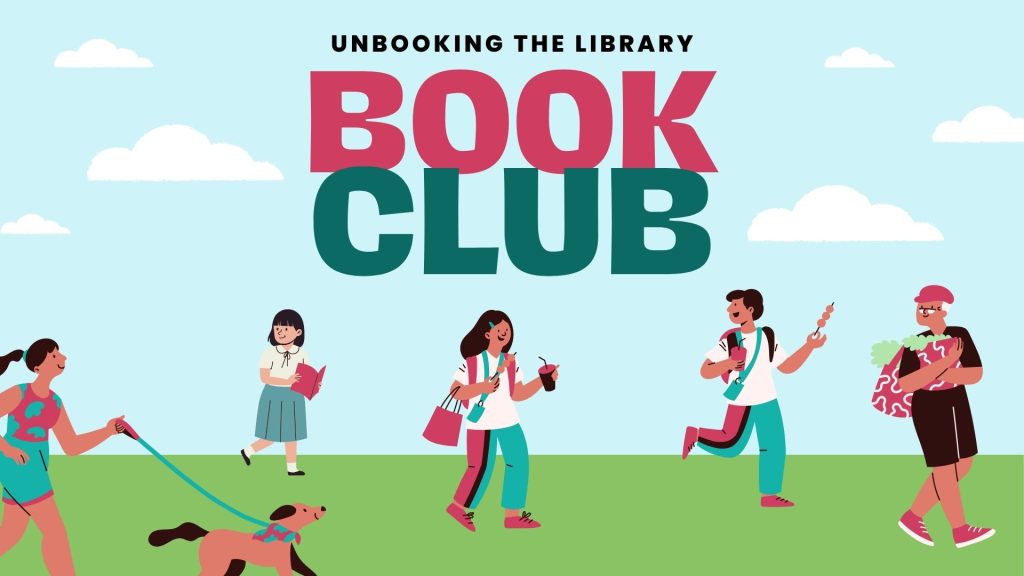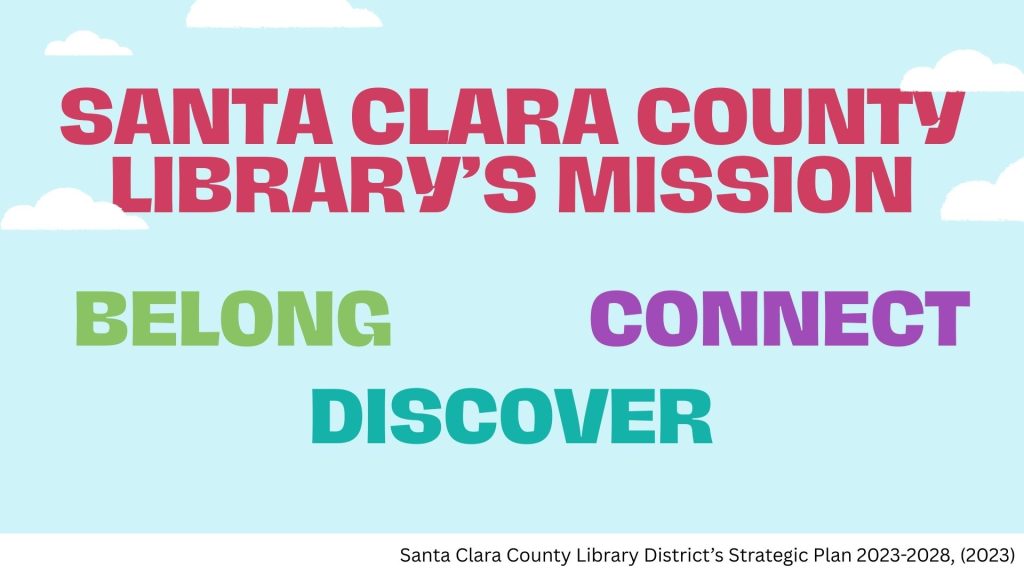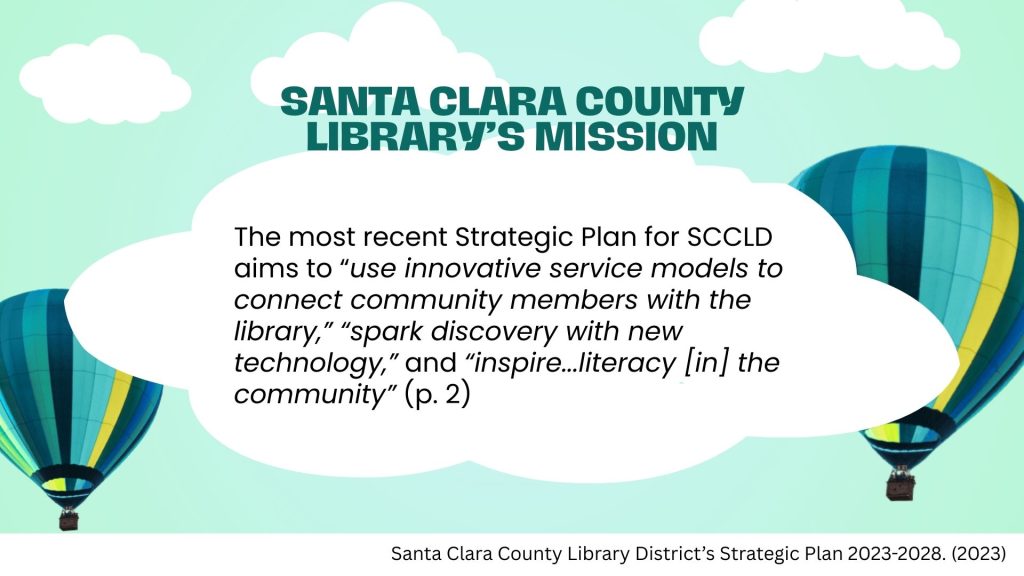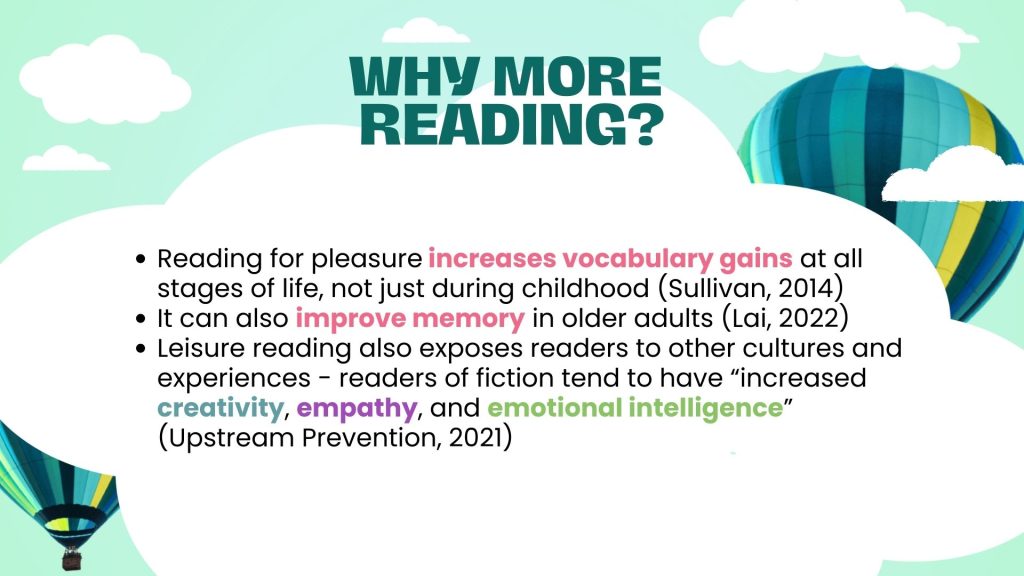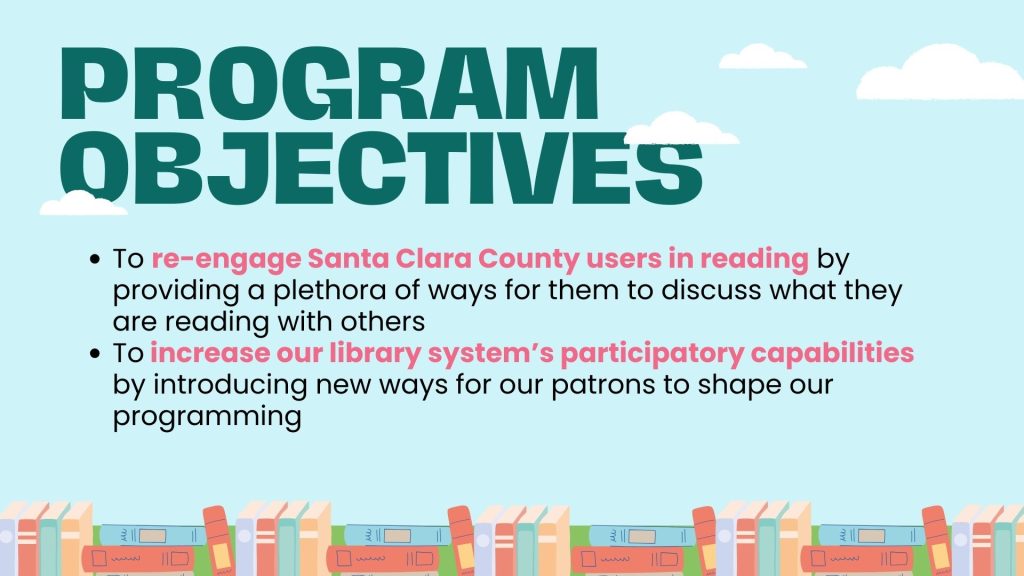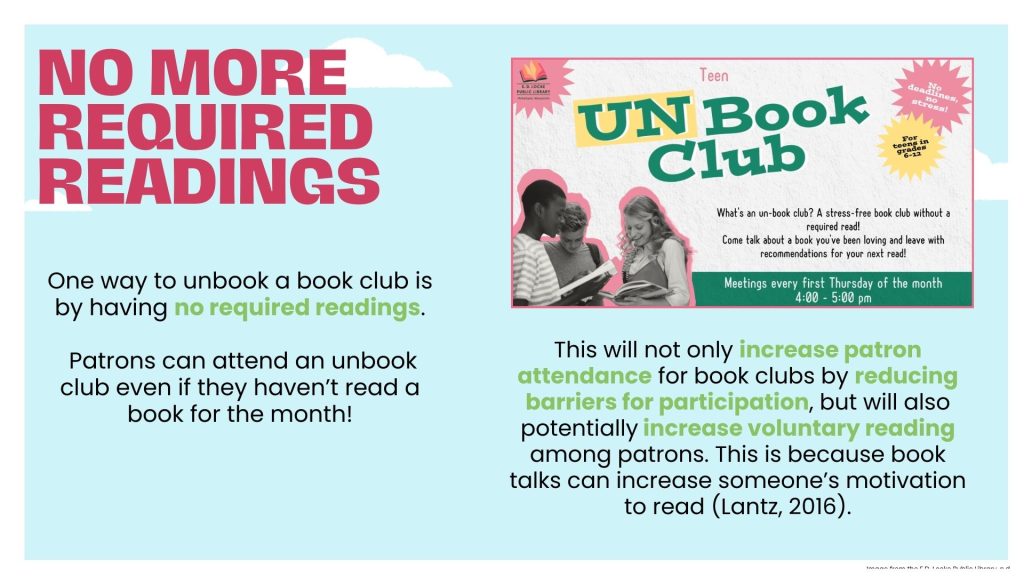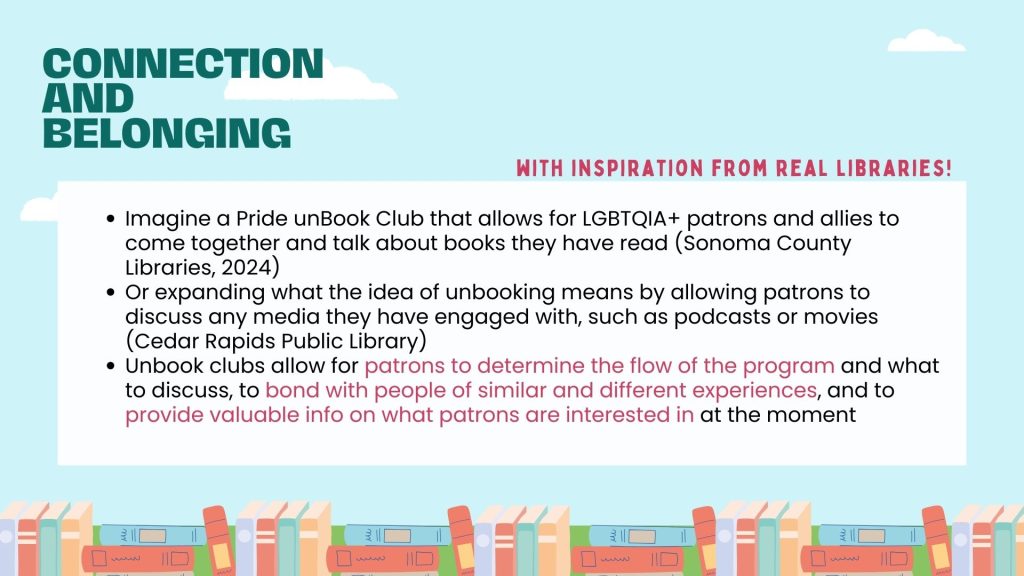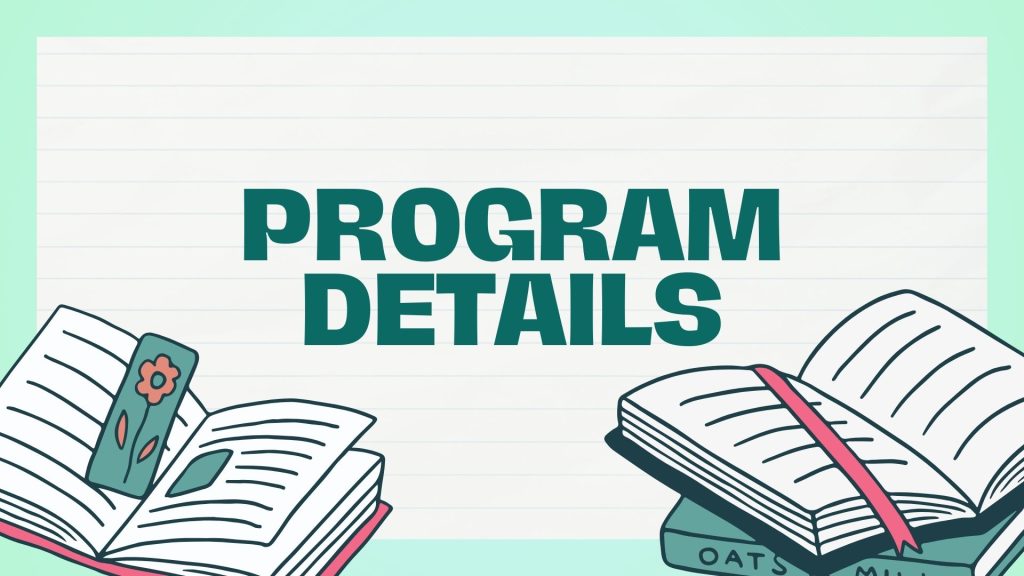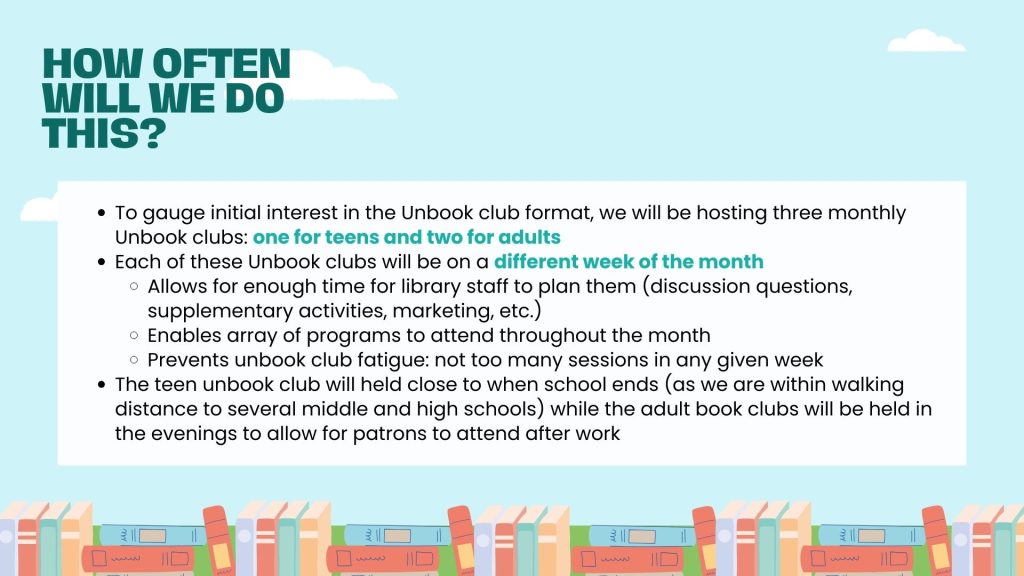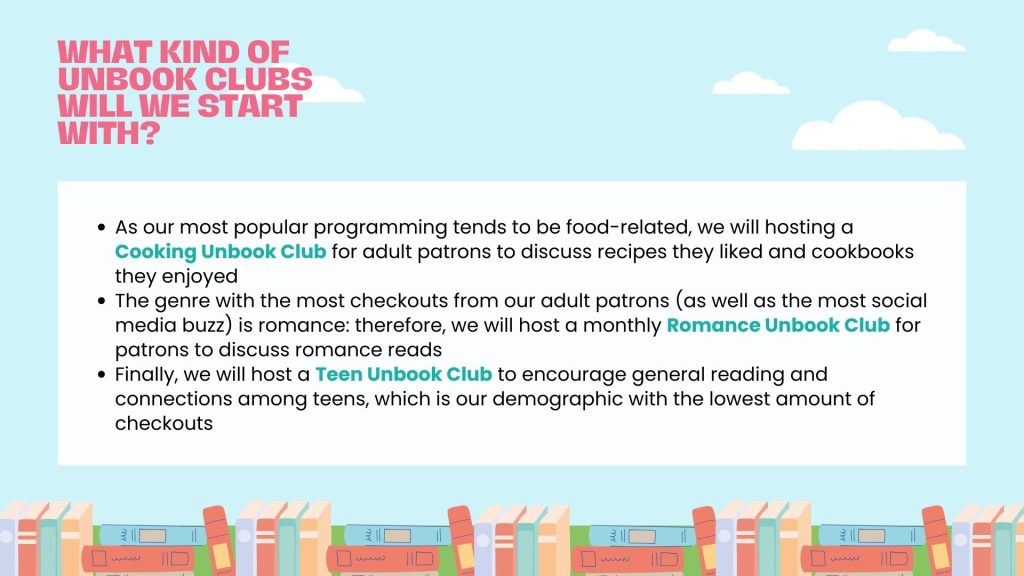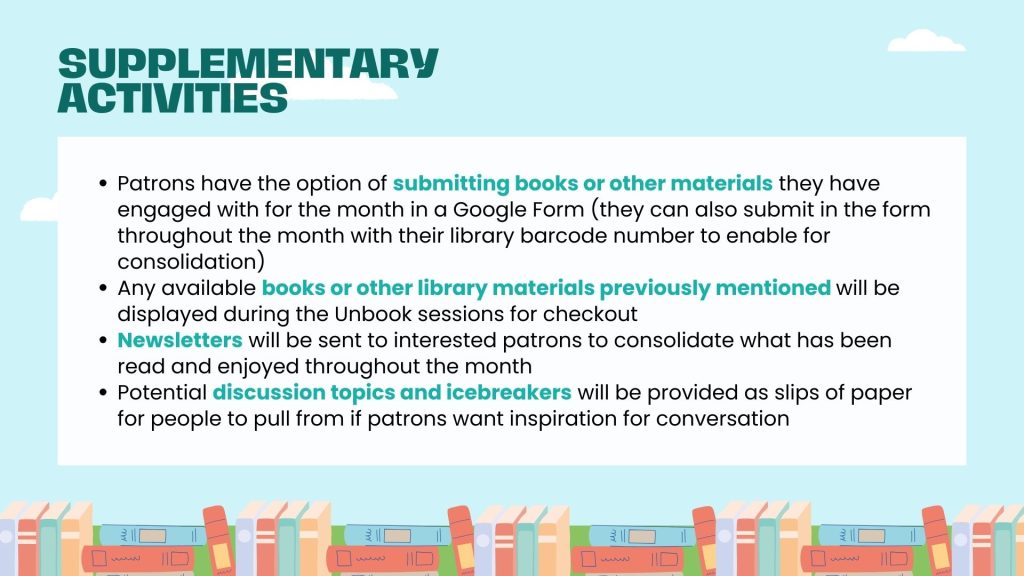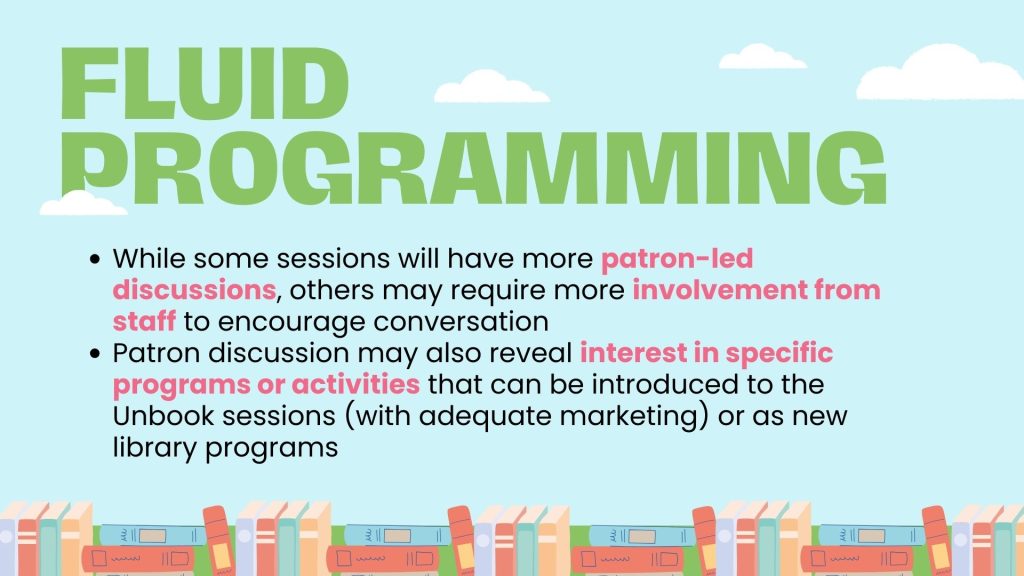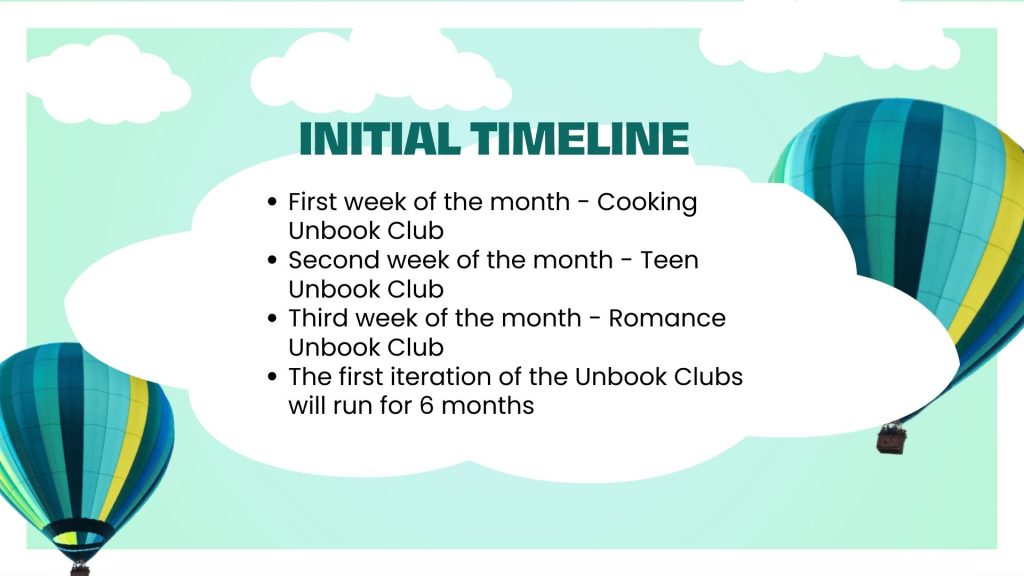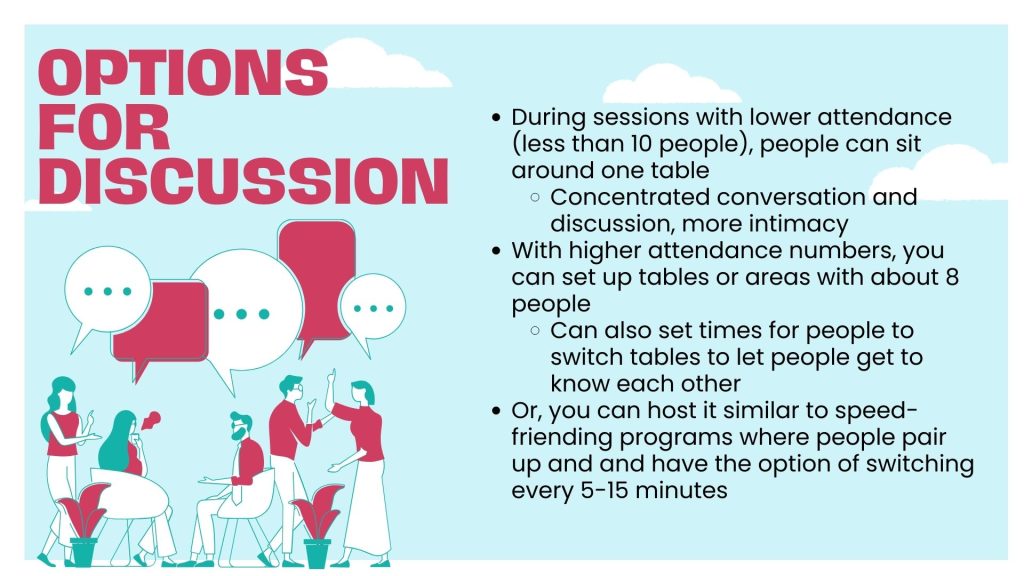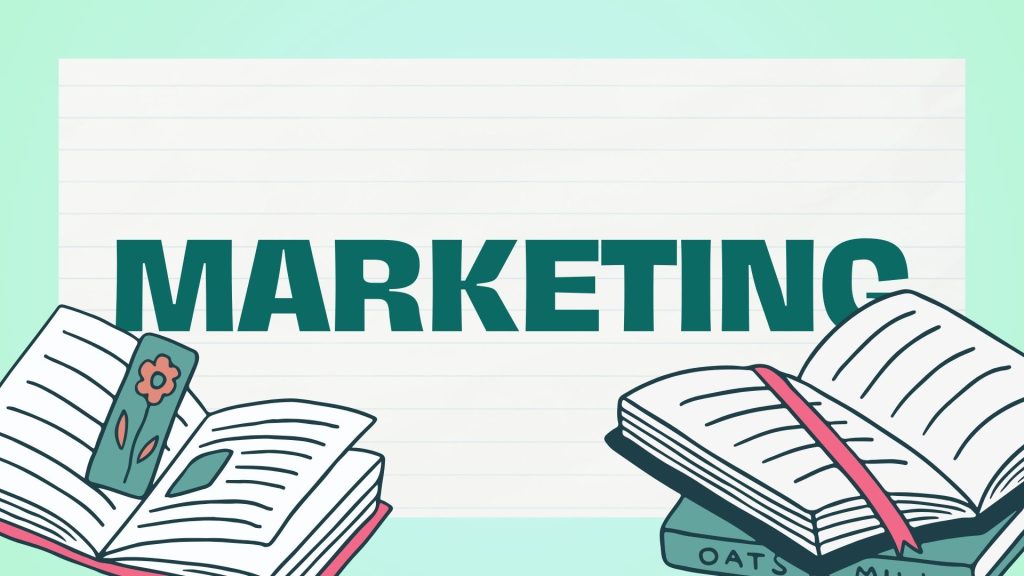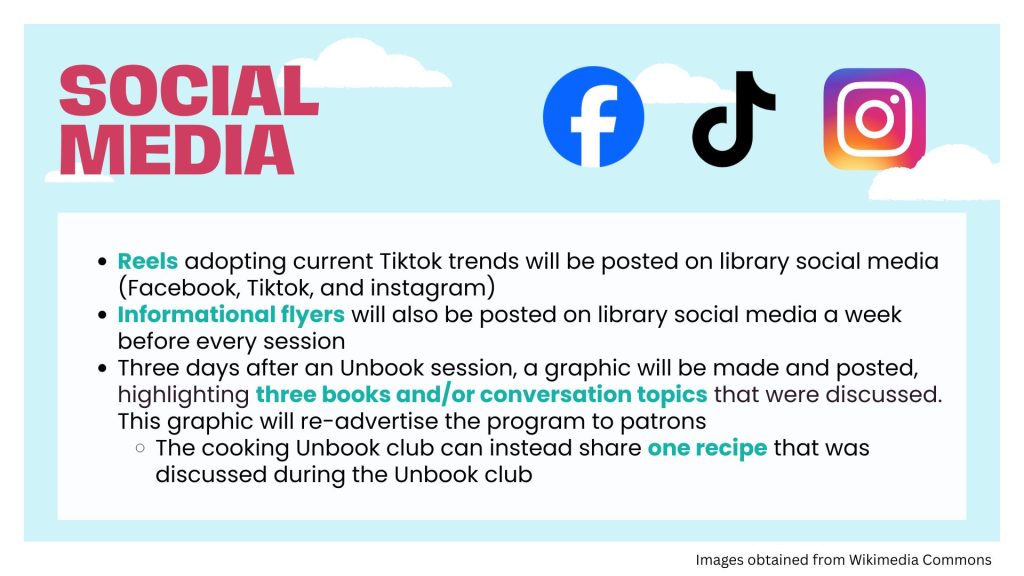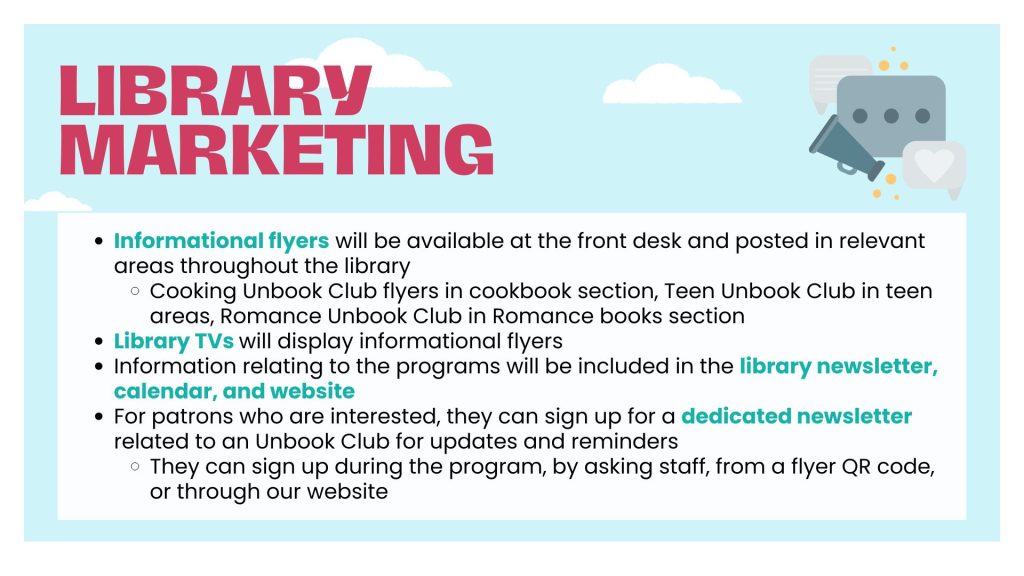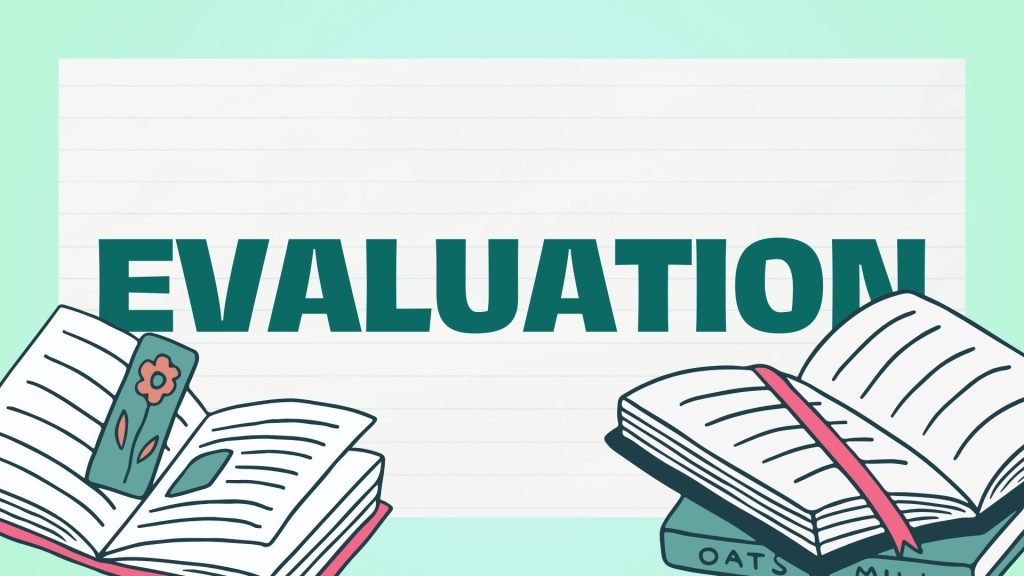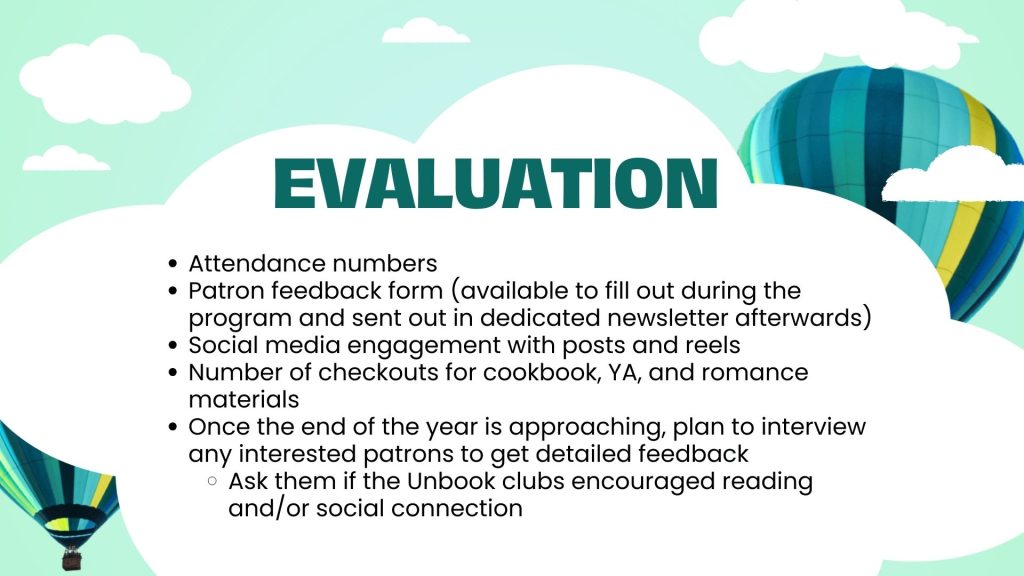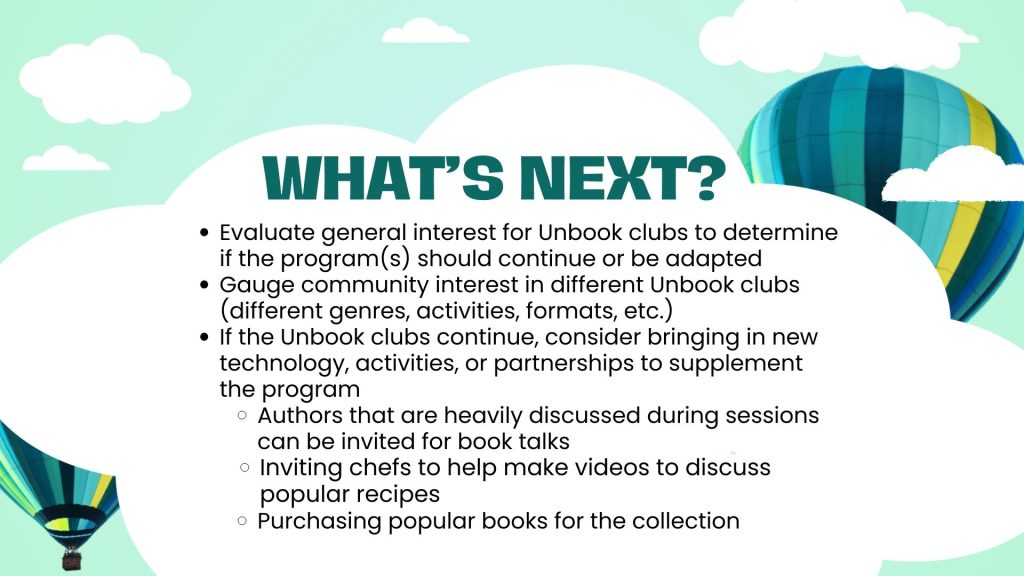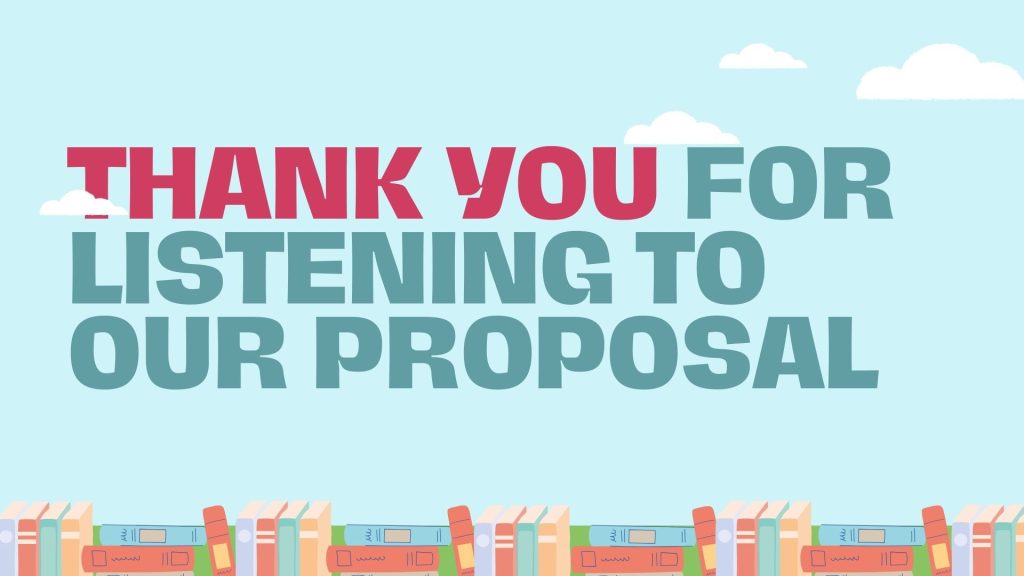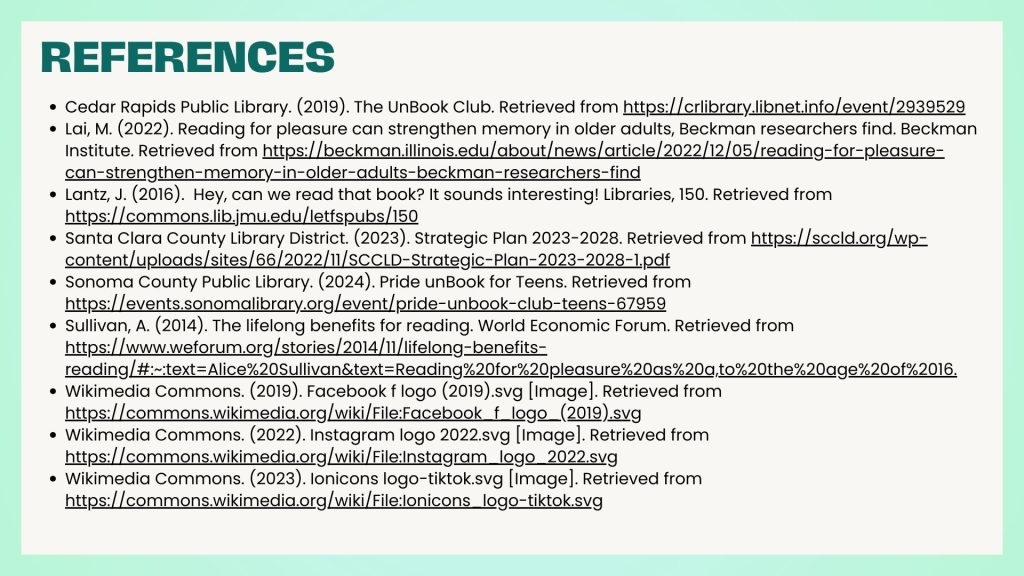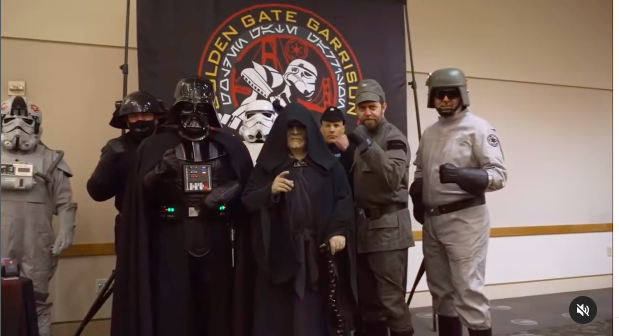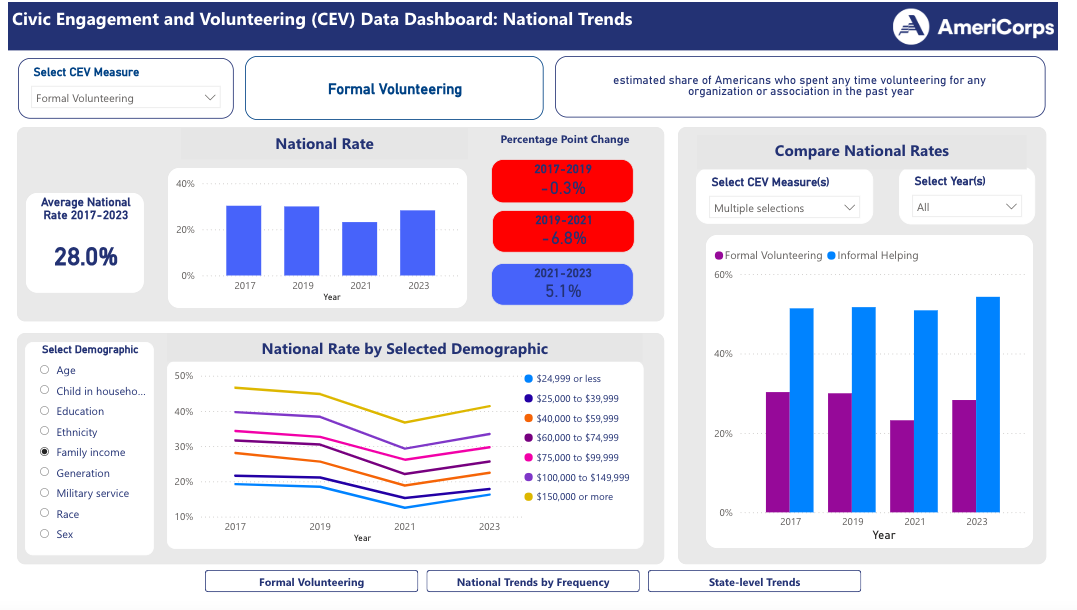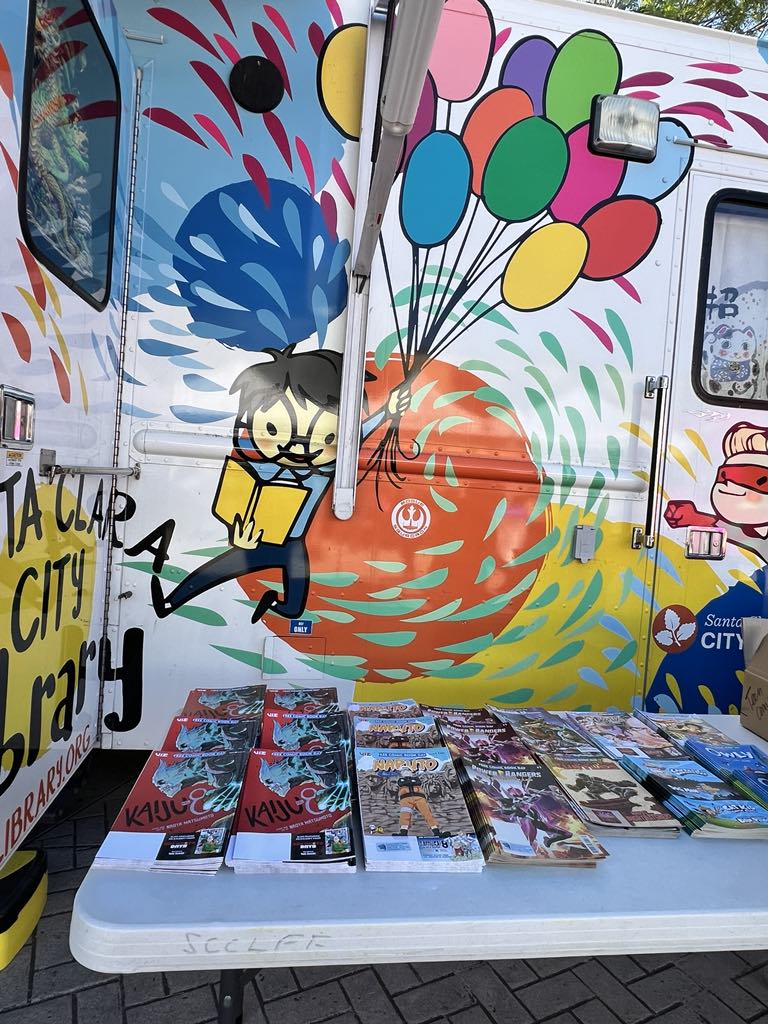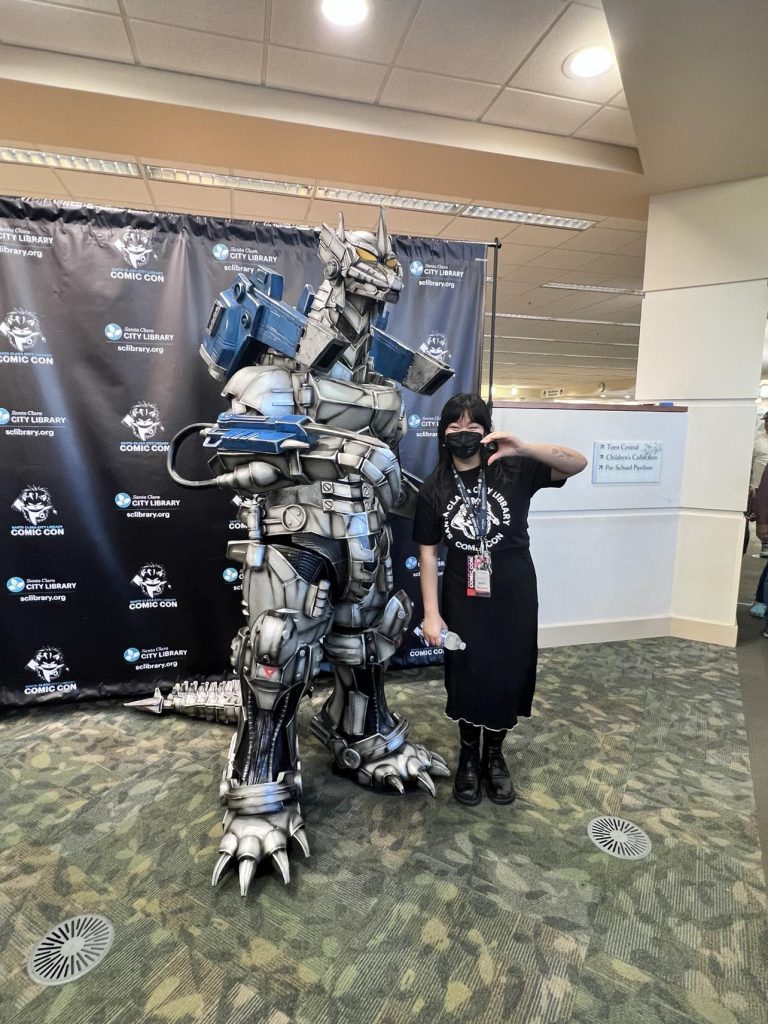Privacy in libraries can be a difficult balance between data privacy for patrons and optimization of user experience. While data privacy is a core aspect of the American Library Association’s (ALA) Code of Ethics (2021), its practice is constantly evolving, especially because libraries must also negotiate patron privacy with third-party vendors and educate patrons on digital literacy.
For this reflection, I wanted to highlight ways that privacy policies in libraries could affect patrons of today. The goal of this post was for me to explore how current events may affect our patrons and hopefully bring attention to the solutions other libraries are taking to address privacy issues.
Preserving privacy for trans patrons
As Baldwin (2024) points out in American Libraries, the current political landscape can be dangerous for trans or any gender non-conforming patrons, especially with hundreds of anti-trans bills awaiting decision. More than ever, libraries can be a safe space for trans patrons, which should also be reflected in their policies.
One way libraries can preserve privacy for trans patrons is by recognizing that the name on their legal documents may be different from their preferred name. Most libraries check legal paperwork and/or photo IDs with the library card application form: if there are no policies in place to allow flexibility with preferred names in patron records, then libraries risk using the patron’s dead name and/or exposing the patron as trans. Libraries can also update their library card application forms to include a preferred name(s) field, which can be additionally accommodating for patrons who go by multiple names.
ICE in the library
Personally, this has been an ongoing conversation within both of my library workplaces, as both systems are preparing for the very real possibility of having Immigration and Customs Enforcement (ICE) agents visit our spaces requesting patron information or whereabouts. What makes this issue even more complex is the fact that many third-party services that work with libraries often contribute data to ICE’s surveillance efforts (Lamdan, 2019).
The ALA has released guidelines on how to balance Fourth and Fifth Amendment rights for patrons when responding to law enforcement requests (2021). Notably, their guidelines emphasize the importance of preparing every library worker (which includes interns and volunteers) on the appropriate response.
In addition to this, the California Office of the Attorney General has released their own guidance on how public libraries in California can respond to any issues related to immigration (2024). Similar to the ALA’s guidelines, they recommend that specific people should be designated as the contact when any immigration issues occur. Legal counsel should also be identified before any issues occur so that they are quickly notified in the event that ICE agents enter the library and/or request information.
Conclusions
It’s important for libraries (and by extension, library workers) to consider how they can maintain patron privacy. While data privacy can be as simple as anonymizing patron check-out data, it can also extend to library worker responses in events such as legal enforcement requests or decisions on which third-party vendors to work with. From my own time looking into this issue, I realized how important it is for library staff to do extensive preparation and research in advance – once the privacy breach occurs, it may be too late and the consequences can be severe. However, there are a myriad of solutions and many libraries are committed to confronting these issues.
References
American Library Association (2021). ALA code of ethics. https://www.ala.org/tools/ethics
American Library Association (2021). How to respond to law enforcement requests for library records and user information: Suggested guidelines. https://www.ala.org/advocacy/privacy/lawenforcement/guidelines
Baldwin, M. (2024). Prioritizing trans privacy. American Libraries. https://americanlibrariesmagazine.org/2024/06/03/prioritizing-trans-privacy/
California Office of the Attorney General. (2024). Promoting safe and secure libraries for all: Guidance and model policies to assist California’s public libraries in responding to immigration issues. https://oag.ca.gov/sites/all/files/agweb/pdfs/immigration/libraries.pdf
Lamdan, S. (2019). Librarianship at the crossroads of ICE surveillance. In the Library with the Lead Pipe. https://www.inthelibrarywiththeleadpipe.org/2019/ice-surveillance/
